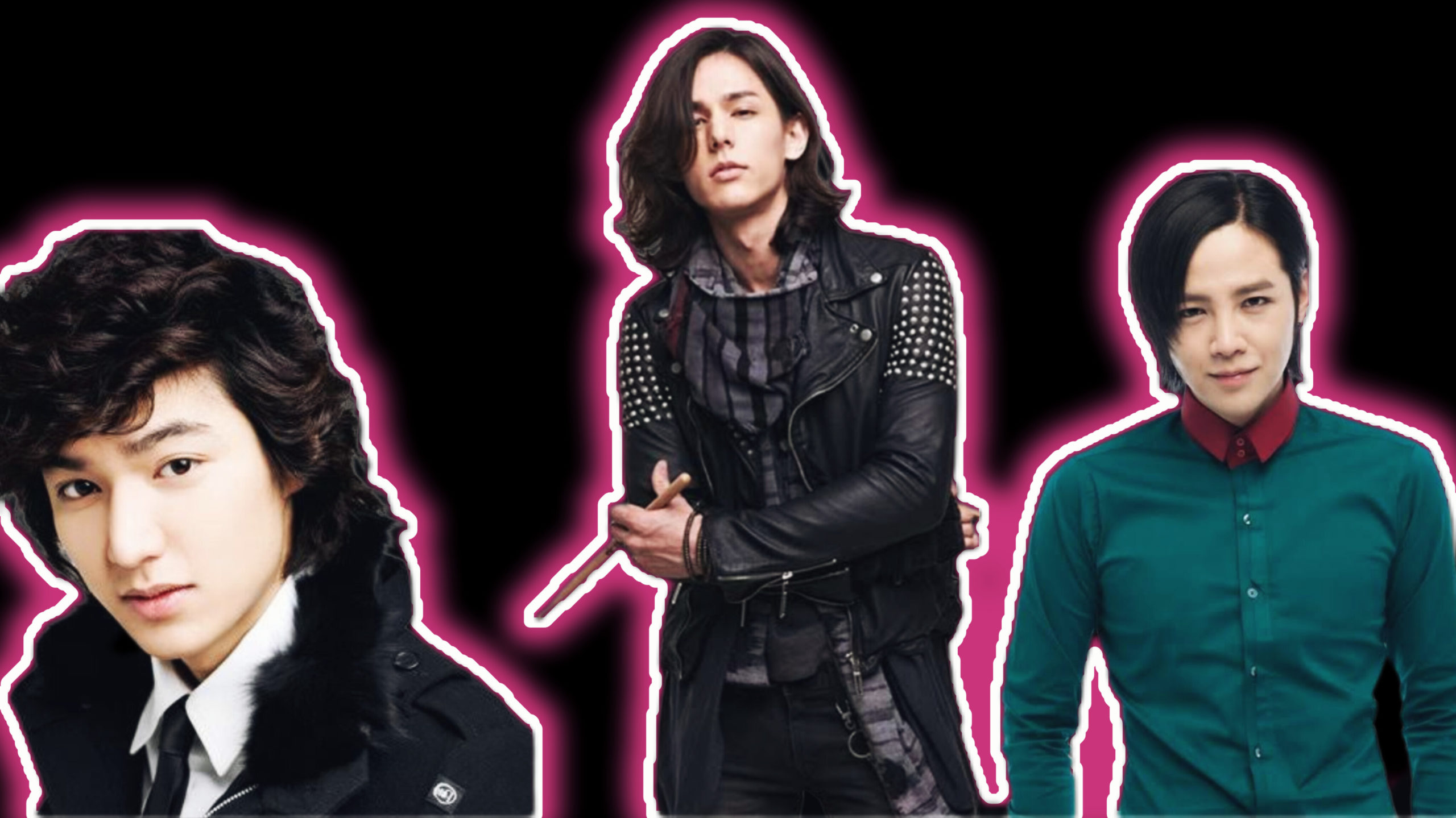The phrase calls attention to youths who are drawn to androgynous beauty, as seen in iconic dramas like 'Boys Over Flowers' and 'Hwarang'

Beauty transcends gender boundaries and the Korean entertainment business both acknowledges and effectively utilizes this concept. Therefore, it has been leveraging the rising popularity of the flower-boy notion by periodically releasing dramas featuring men with gender-fluid sartorial styles.
The title, Boys Over Flowers, initially caught my eye when I first saw the K-drama. Later on, I learned that the word “Kkothminam,” meaning “beautiful man” in Korean, was the source of the show’s name. Similar to the Japanese term “bishonen,” which defines handsome or young men of androgynous charm, it draws attention to men with a taste in fashion and beauty. Despite being used to characterize them on occasion, the latter is not usually indicative of one’s gender or sexual preference.
My previous articles on Boys Over Flowers frequently discussed how it affected the Hallyu wave and became a landmark in Korean popular culture. It established Lee Min-ho as a Hallyu superstar and is often seen as a trailblazer in the Korean high-school series genre. The most intriguing aspect, however, is how Lee’s character and his gang, the opulent F4 boys who ruled Shinhwa High School, encouraged Korean men (and Asian men, for that matter) to emulate their good looks. By experimenting with metrosexual fashion, donning more outfits in pastel colors and floral patterns, and applying makeup, they began to adopt the flower or pretty-boy image.
As stated in an astute piece in Time Asia, analysts claimed that attractive Asian men were essentially late-flowering metrosexuals. In a 2002 article on salon.com, British journalist Mark Simpson popularised this urban subtype. He described a young man with money who lives in or is conveniently close to a metropolis with all the best boutiques, nightclubs, gyms and hair salons as the stereotypical metrosexual man. He’s someone who has made himself the object of his own affection, so it doesn’t matter if he is formally classified as homosexual, heterosexual or bisexual.
The Hwarang, also known as ‘flowering knights,’ is reputed to have been a distinguished order of male soldiers in the ancient kingdom of Silla on the Korean Peninsula, which lasted until the 10th century. The Hwarang also went by the name of ‘Hyangdo’ (fragrant ones or fragrant disciples). The 2016 blockbuster epic drama series Hwarang: The Poet Warrior Youth, which was based on these men, revived the flower-boy image with its enthralling narrative of the Silla dynasty’s upheaval, in which the flowering knights – a group of exceptionally gorgeous men – explore their passion, camaraderie and love.
An acquaintance from the K-drama industry shared that the male stars who ruled the sector after the 2000s are no longer macho men. He said a ‘cool man’ was characterized in the 1990s by his toughness and virility. On the other hand, a man in the 2000s became popular for his gentle, feminine appeal. The era of beautiful boys dawned when the criteria for what constitutes beauty for both men and women grew vague.
“Instead of rough, manly charm, ‘beauty’ is the buzzword that refers to male celebrities today,” he added, continuing, “You have no idea how much money these guys make through endorsements just to keep their skin soft and glowing. People here appreciate their glass-like smooth skin and well-groomed appearance. So do I. After all, there’s nothing wrong with wanting to be beautiful. Beauty can’t be one-dimensional or gender-specific, can it?”
Well, it is undeniably true that beauty transcends gender boundaries, and the Korean entertainment business both acknowledges and effectively utilizes this concept. Therefore, it has been leveraging the rising popularity of the flower-boy notion by periodically releasing dramas featuring men with gender-fluid sartorial styles. The ones I can think of right now include You Are Beautiful (2009), Sungkyunkwan Scandal (2010), Shut Up: Flower Boy Band (2012), My Cute Guys aka Flower Boy Next Door (2013) and Moon Lovers: Scarlet Heart Ryeo (2016). I infer that promoting the flower boy is the show makers’ clever marketing ploy to keep persuading viewers – especially women – to admire men who look cute, smell well, and like shopping. By doing this, the shows not only attract more audiences but also have an effect on the expansion of the fashion and beauty industry.
Featuring artists Agni, Niki Choudhury and more
The song, which adapts Belinda Carlisle’s 1987 hit ‘Heaven Is A Place on Earth,’ marks…
Across five tracks, the rapper, singer and songwriter meditates on Lord Shiva, blending R&B, pop…
The cinematic video unfolds in the lap of nature amid joy, laughter, friendship, and freedom—the…
Mumbai singer-songwriter teams up with guitarist-songwriter Debanjan Biswas, with the video also including an appearance…
The trial of Frank Butselaar, who pleaded guilty to tax fraud, lifted the veil on…